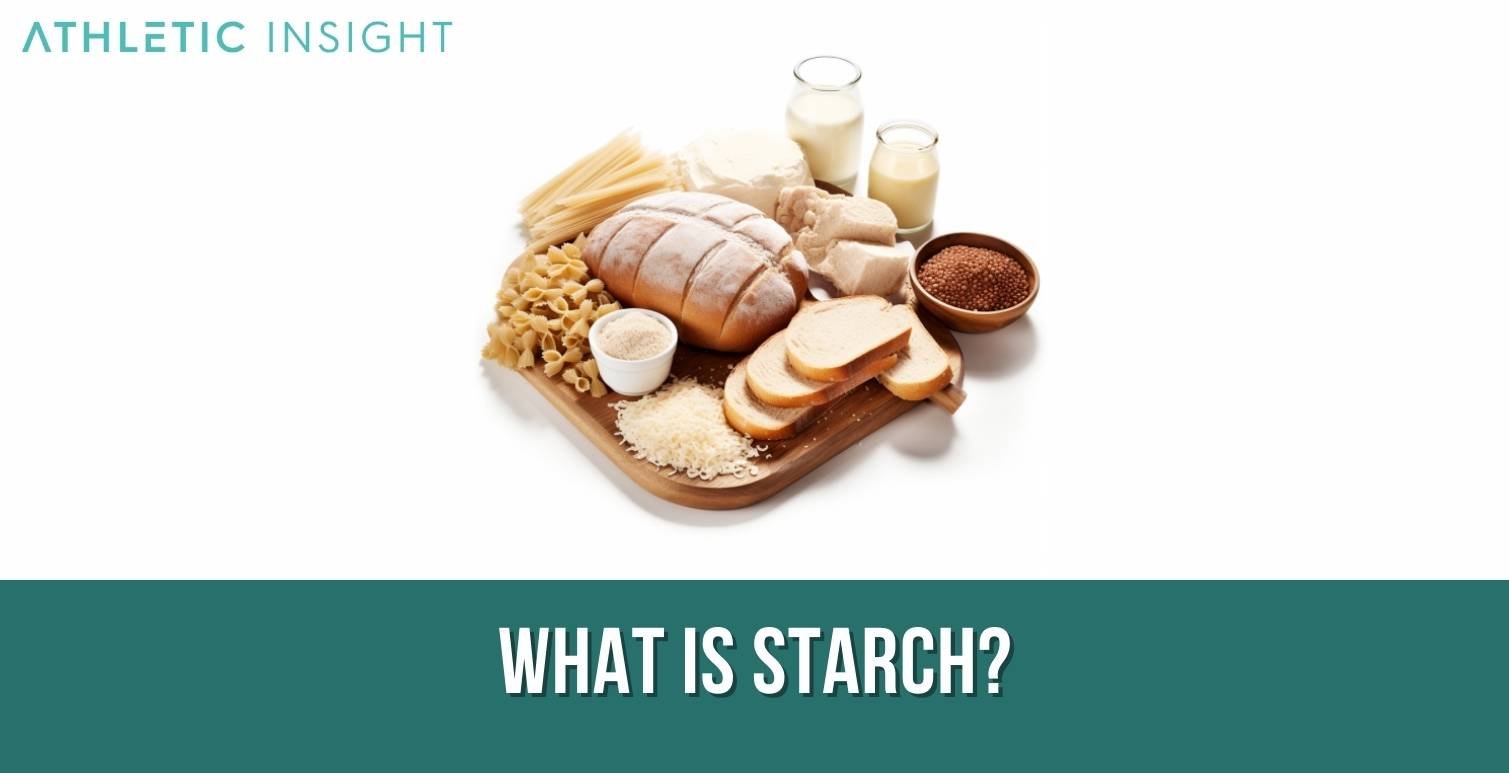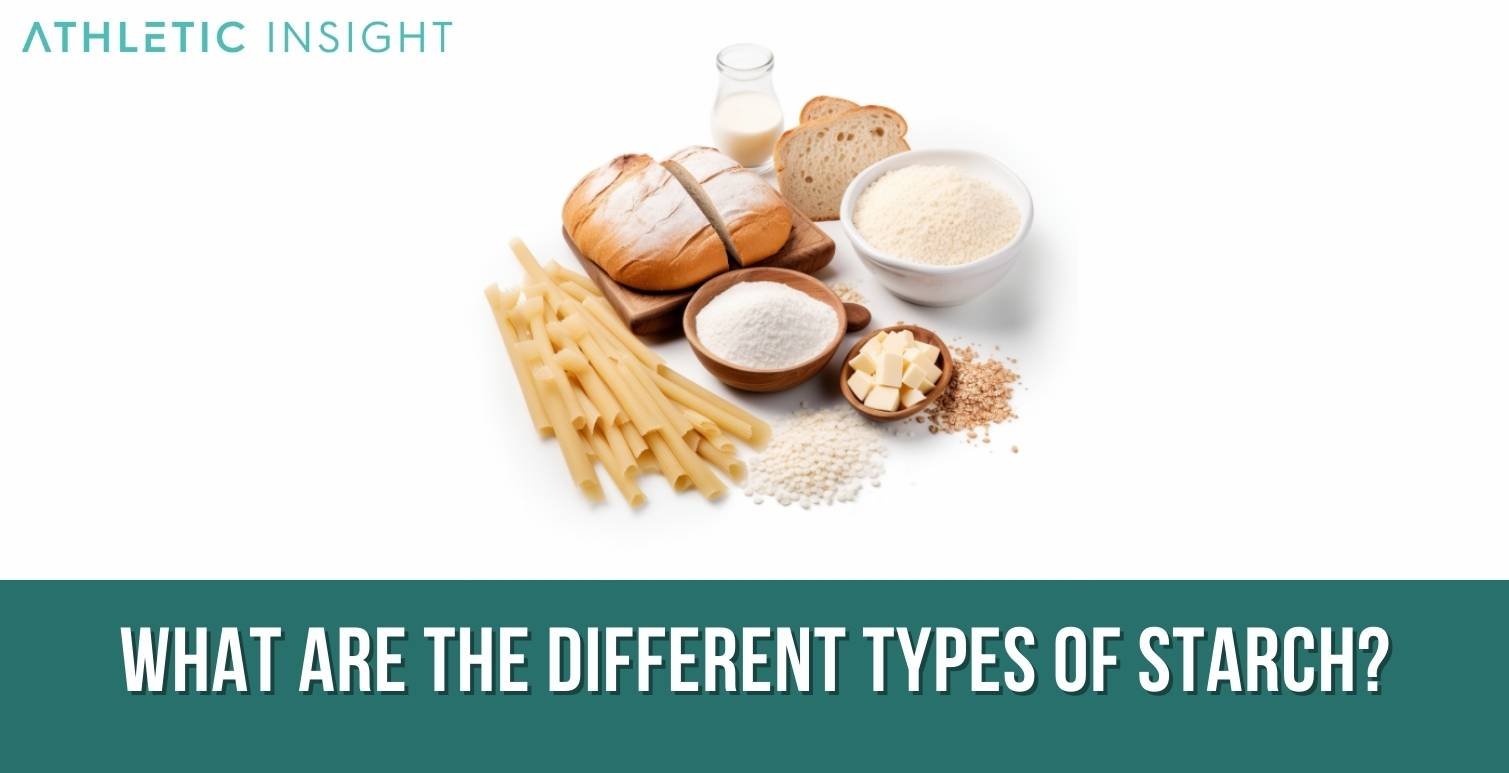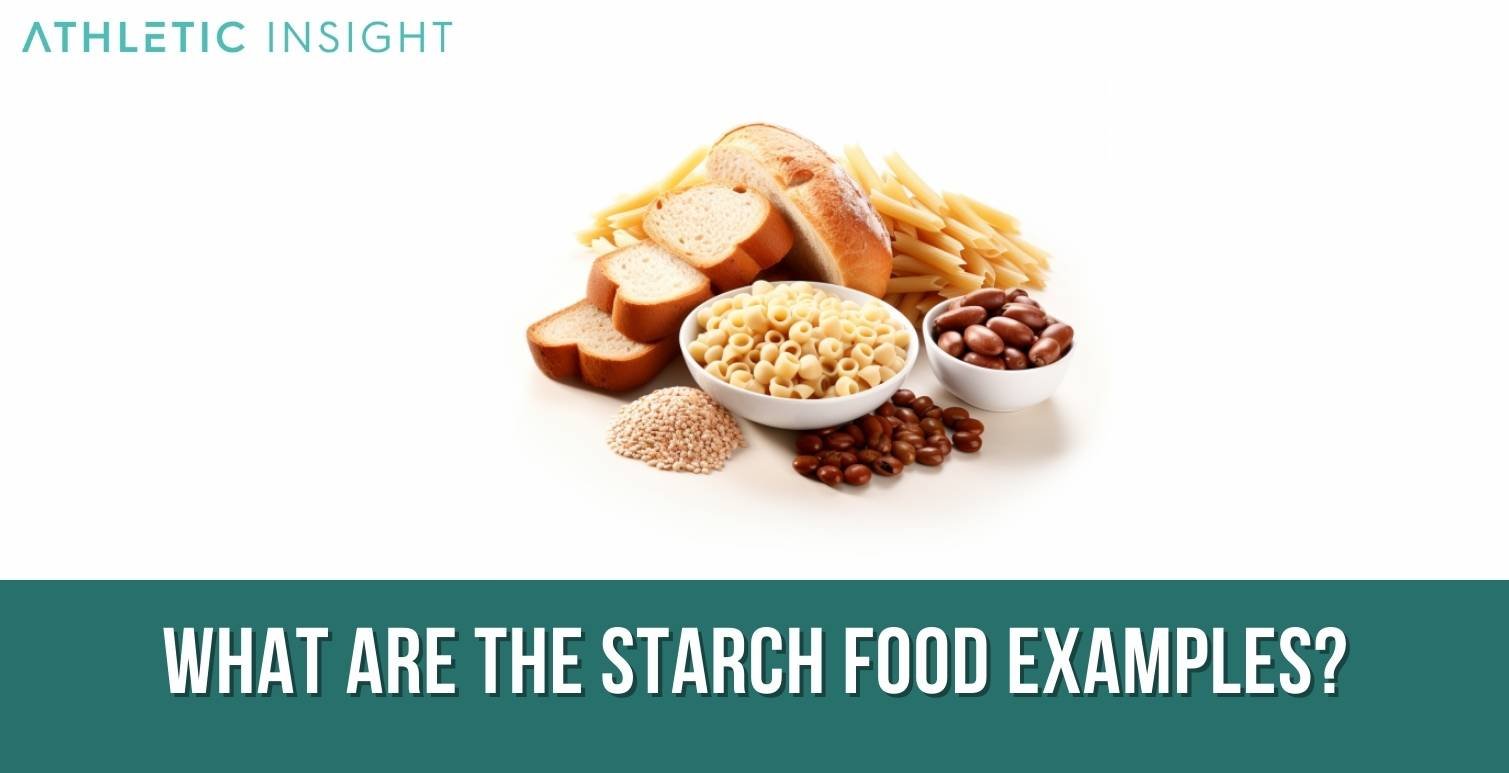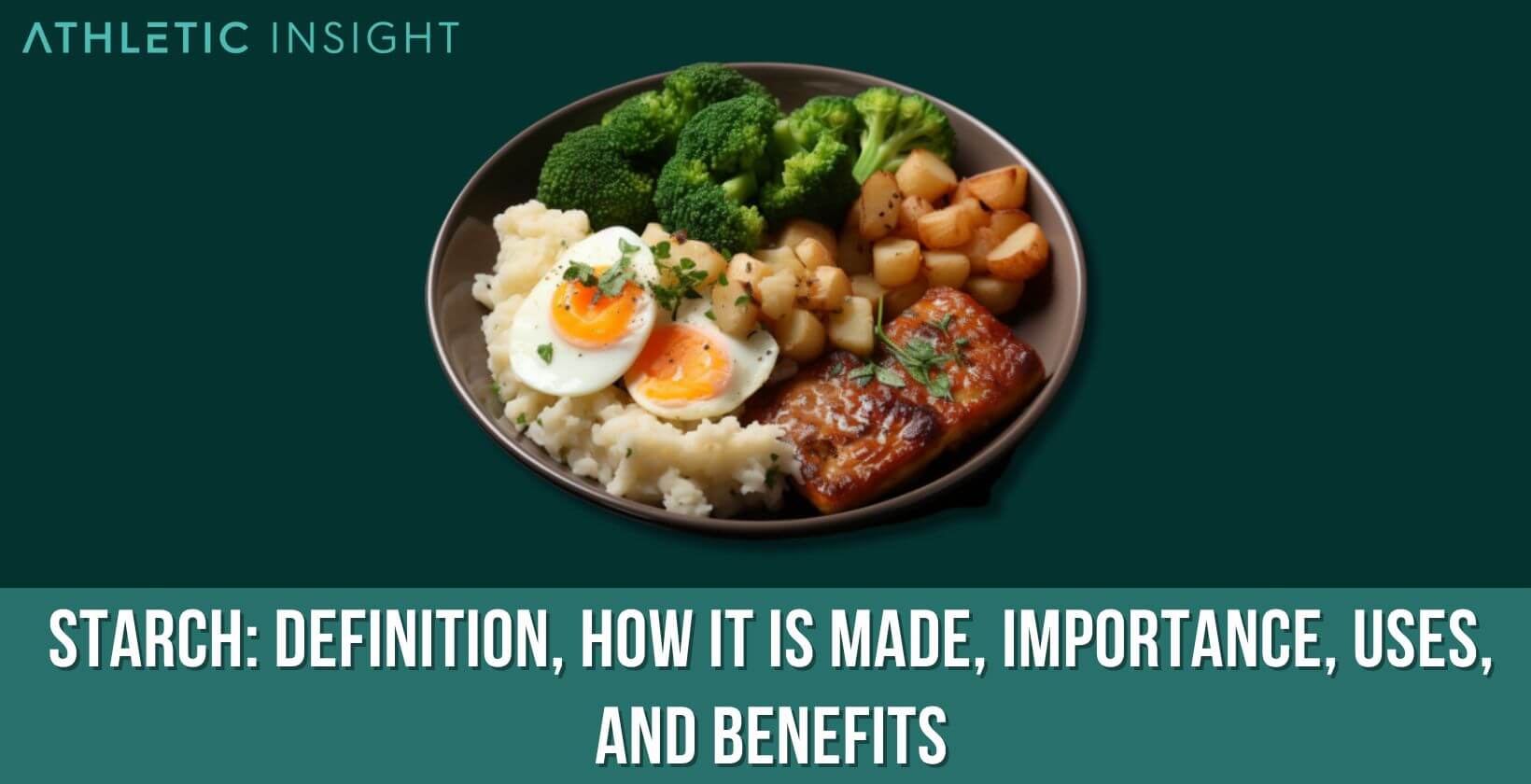The ubiquitous nature of starch in the culinary world, its relevance in human nutrition, and its influence on diverse industries establish its importance in your everyday life. It is a compound that does not just play an integral role in our diet but also has an extensive array of applications in various industries. This article covers the in-depth understanding of starch, its structure, importance, and the potential benefits and risks associated with its consumption.
What is Starch?
Starch is a complex carbohydrate or polysaccharide, primarily found in many plant species. It serves as a vital energy source for these plants. Structurally, starch is composed of numerous glucose units linked together through glycosidic bonds.

Starch can be classified into two types based on its structure: amylose and amylopectin. Amylose is a linear polymer made up of glucose molecules, while amylopectin is a branched polymer, incorporating a more complex structure. These classifications provide an in-depth understanding of the nature of starch and the way it functions in different organisms and applications.
How is Starch made?
Starch is synthesized in plants through a process called photosynthesis. In this process, plants convert sunlight into chemical energy, which is then used to produce glucose. The glucose molecules are then linked together to form starch, which is stored in the plant’s cells and used as an energy reserve.
What is the structure of Starch?
Starch, being a polysaccharide, is a large molecule made up of many smaller glucose units. The linkage of these glucose units forms two types of molecules: amylose and amylopectin. Amylose constitutes about 20-30% of starch and is a linear molecule. On the other hand, amylopectin constitutes about 70-80% of starch and exhibits a branched structure.
How much Glucose is in Starch?
Starch is composed of numerous glucose units. The exact amount of glucose varies based on the length of the polysaccharide chains in the starch molecule. However, one molecule of starch may contain hundreds to thousands of glucose units.
Is Starch a Carbohydrate?
Yes, starch is a carbohydrate. More specifically, it is a complex carbohydrate, classified as a polysaccharide. Polysaccharides, such as starch, consist of long chains of monosaccharide units, in this case, glucose, linked together.
Is Starch a Protein?
No, starch is not a protein. It is a complex carbohydrate, formed from the bonding of numerous glucose units. Proteins, contrastingly, are made up of amino acids and serve different functions in organisms.
What is the importance of Starch?
Starch plays a significant role in human nutrition and various industries. As an essential part of our diet, it provides the body with slow-releasing energy, assisting in maintaining blood glucose levels. In industries like textiles, paper, adhesives, and bioplastics, starch is used for its adhesive properties and as a thickening agent.
What Nutrients does Starch provide?
Starch primarily provides the body with energy in the form of glucose. This energy is essential for various bodily functions and activities. Starch is also a source of dietary fiber, particularly in its unprocessed form. Additionally, starch-rich foods often contain other nutrients, such as vitamins, minerals, and proteins.
What are the different types of Starch?
Starch is classified into three types based on its digestion rate in the human body: Resistant Starch, Rapidly Digestible Starch, and Slowly Digestible Starch.
- Resistant Starch
- Rapidly Digestible Starch
- Slowly Digestible Starch

1. Resistant Starch
Resistant Starch refers to the type of starch that resists digestion in the small intestine and reaches the large intestine where it functions similar to dietary fiber. It has been associated with several health benefits, including improved gut health and enhanced insulin sensitivity.
2. Rapidly Digestible Starch
Rapidly Digestible Starch, as the name suggests, is quickly digested and absorbed by the body. It provides a rapid source of energy and causes a swift increase in blood glucose levels. Foods with high levels of rapidly digestible starch include white bread and many processed foods.
3. Slowly Digestible Starch
Slowly Digestible Starch is digested and absorbed more slowly than rapidly digestible starch, resulting in a more gradual release of glucose into the bloodstream. This type of starch can help maintain stable blood glucose levels and provide sustained energy. Foods high in slowly digestible starch include whole grains and legumes.
How do people incorporate Starch into a Diet Plan?
Starch is a fundamental part of most diet plans due to its energy-providing properties. It is found abundantly in grains, legumes, and root vegetables, which are staple foods in many diets. However, the type and quantity of starch incorporated into a diet plan depend on individual dietary requirements and health goals.
Is Starch effective for weight loss?
Starch can be both beneficial and detrimental to weight loss, depending on its type and consumption pattern. Resistant and slowly digestible starches, found in whole grains, legumes, and some vegetables, can aid weight loss due to their high fiber content and slow digestion, promoting feelings of fullness. Conversely, rapidly digestible starch, found in processed foods, may lead to weight gain due to quick digestion and the subsequent spike in blood sugar levels.
What are the Starch food examples?
Starchy foods include a wide array of products, some of which are bread, corn, potatoes, pasta, and rice. However, the nutritional profile and starch content can vary greatly among these foods, and it’s essential to consider these factors when incorporating them into a diet plan.
- Bread
- Corn
- Potatoes
- Pasta
- Rice

1. Bread
Bread is a staple food around the world and contains a considerable amount of starch, primarily in the form of rapidly digestible starch. However, the type of bread significantly affects its starch content, with whole grain bread having a higher amount of slowly digestible and resistant starch compared to white bread.
2. Corn
Corn is a versatile grain, consumed either as a vegetable or a grain. It is a rich source of starch and also provides dietary fiber, proteins, and various vitamins and minerals.
3. Potatoes
Potatoes are an excellent source of starch. They also provide significant amounts of vitamin C, potassium, and other nutrients. However, the method of preparation can greatly influence the starch content and type. For instance, cooling cooked potatoes increases the resistant starch content.
4. Pasta
Pasta, a staple in Italian cuisine, is a significant source of starch. Similar to other starch-rich foods, pasta also comes in whole grain versions, which offer more slowly digestible and resistant starch compared to their refined counterparts.
5. Rice
Rice is another staple food consumed globally, serving as a primary source of starch. The starch composition varies with the type of rice, with brown rice having more slowly digestible and resistant starch than white rice.
Is oatmeal A starch?
Yes, oatmeal contains starch. It is considered a healthy source of starch due to its high content of slowly digestible and resistant starch. Additionally, oatmeal is rich in dietary fiber, particularly beta-glucan, which contributes to its health benefits.
What is the healthiest Starch to eat?
Whole grains, legumes, and certain vegetables, such as sweet potatoes and squash, are considered among the healthiest sources of starch. These foods contain substantial amounts of slowly digestible and resistant starch, along with dietary fiber and a variety of other nutrients.
How much Starch per day?
The recommended intake of starch can vary depending on individual dietary needs, activity levels, and health goals. However, according to the Dietary Guidelines for Americans, at least half of the grains consumed should be whole grains, which are high in slowly digestible and resistant starch.
Does too much Starch cause weight gain?
Yes, excessive consumption of any macronutrient, including starch, can contribute to weight gain if it leads to a calorie surplus. Particularly, foods high in rapidly digestible starch can contribute to overeating and subsequent weight gain due to their low satiety value and high glycemic load.
What are the health benefits of Starch?
Starch, particularly resistant and slowly digestible starch, offers several health benefits. These include aiding digestion, promoting feelings of fullness, maintaining stable blood sugar levels, and supporting gut health by serving as a prebiotic.
- Aiding digestion
- Promoting a feelings of fullness
- Maintaining stable blood sugar levels
- Supporting gut health
What are the health risks or side effects of Starch?
While starch plays a crucial role in our diet, excessive consumption, particularly of rapidly digestible starch, can have potential health risks. These risks include weight gain, increased blood sugar levels, and a higher risk of developing metabolic syndrome and related conditions.
- Weight gain
- Increased blood sugar levels
- Higher risk of developing metabolic syndrome
Is Starch bad for you?
No, starch is not inherently bad. It is an essential part of a balanced diet, providing energy and various nutrients. However, consuming high amounts of rapidly digestible starch, especially in the form of refined and processed foods, can lead to health issues.
Is Starch a Sugar-free?
No, starch is not sugar-free. It is a complex carbohydrate made up of glucose units. However, unlike simple sugars, it does not taste sweet and has a different metabolic effect due to its complex structure.
Does Starch have Gluten?
No, starch does not inherently contain gluten. Gluten is a protein found in certain grains, while starch is a carbohydrate. However, starch derived from gluten-containing grains like wheat may contain traces of gluten, and people with celiac disease or gluten intolerance need to be cautious of this.
What is the difference between Starch and Glycogen?
Starch and glycogen are both polysaccharides composed of glucose units, but they differ in their structure and function. Starch is primarily found in plants and used as an energy storage molecule, while glycogen is the storage form of glucose in animals, including humans. Structurally, glycogen is more highly branched than starch, which allows for rapid glucose release when needed.



